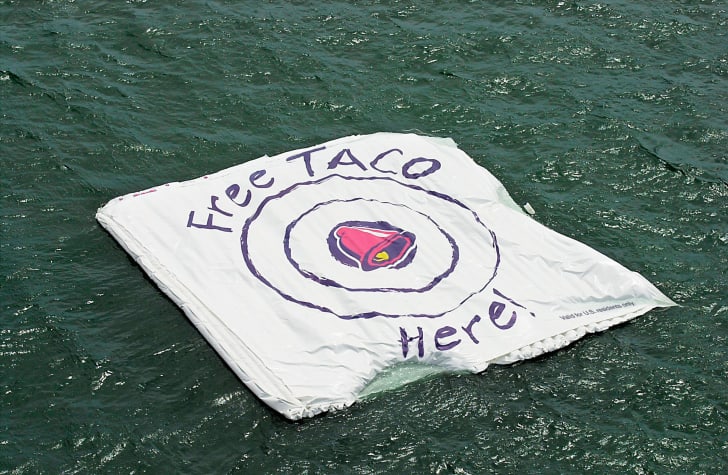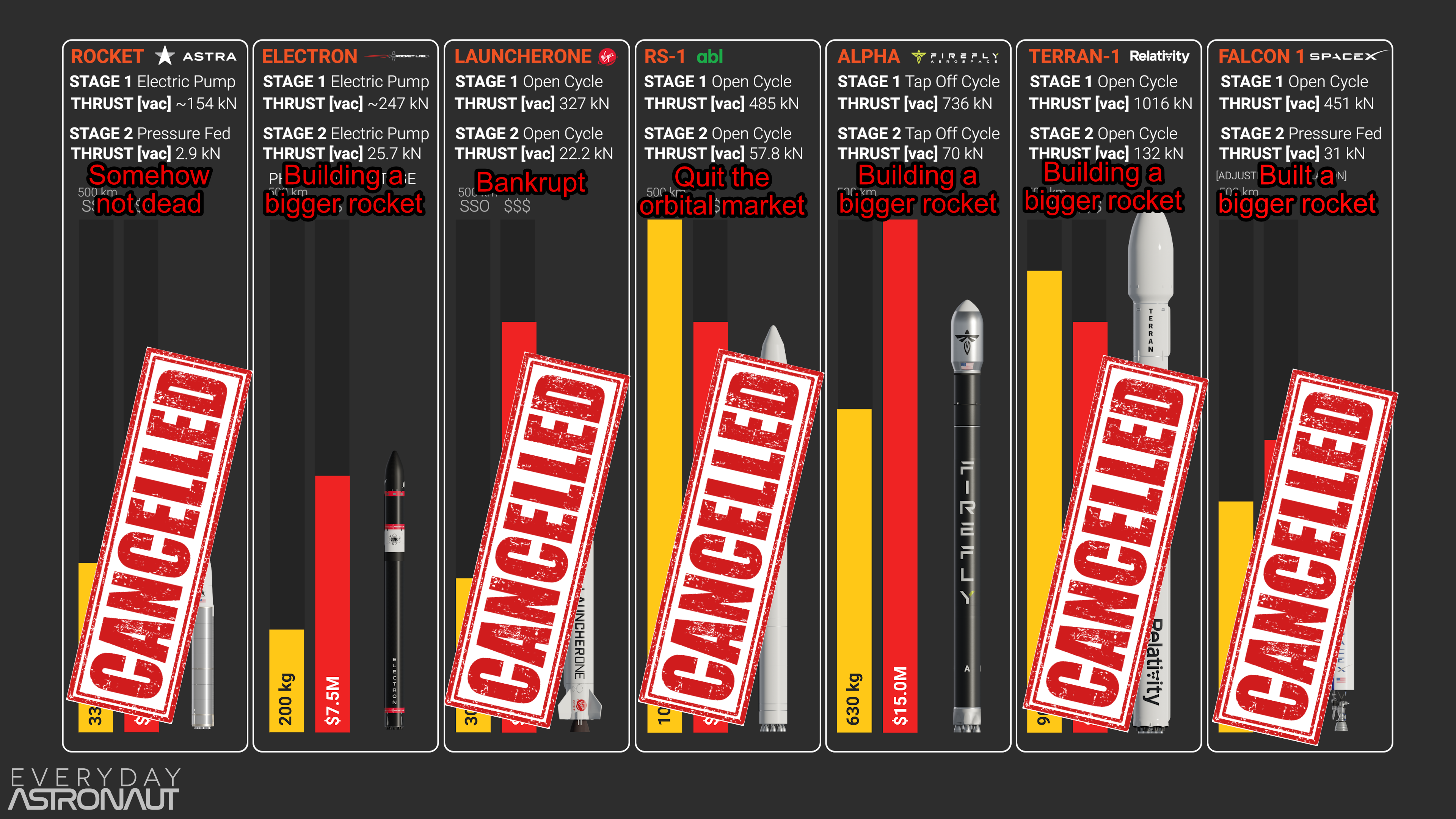MECO, stage separation, M-vac ignition, and fairing separation.
threelonmusketeers
joined 1 year ago
MODERATOR OF
Liftoff!
Stage 2 LOX load is complete.
Stage 1 LOX load is complete.
Fairing halves are flying for their 20th and 10th times.
Stage 1 RP-1 load is complete.
Hosted webcast has started. Chris Gebhardt is hosting!
Propellant load has started.
Neural, I think?
As Emperor said, "if you see a need for a community, start it".
Are they from a movie/show of some sort?
and dragonfire even hotter still, yet Gandalf said that the biggest, baddest dragon who ever lived Ancalagon the Black (who makes Smaug look like a whimpy little butterfly in comparison) wouldn't be able to harm the One Ring
I don't remember this. Where was this mentioned? Council of Elrond?
view more: next ›





SECO, nominal parking orbit.
Stage 1 landing confirmed!